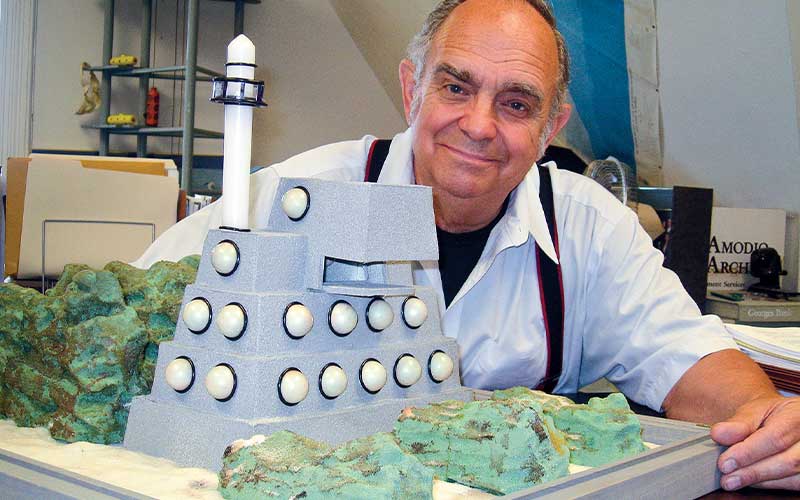As the airplane begins its descent into Belize City, you feel the excitement of the upcoming dive trip build to an unimaginable level. It will be unlike any dive experience you’ve had before. Instead of doing three, four or five dives a day in beautiful tropical waters, you will instead spend your entire stay, 24 hours a day, under those waters. This is no Jules Verne fantasy; this is SeaBase1. Currently awaiting approvals from the government of Belize, SeaBase1 is an underwater habitat expected to be in place as early as 2013. It will be located within the reef system of Ambergris Caye, Belize, in 60 feet of water, waiting to welcome ecotourist divers, researchers and educators.
Unlike existing underwater habitats, SeaBase1 is large and designed to operate in shallow water without nitrogen saturation. The concept will accommodate up to 25 divers living underwater for weeks or even months at a time without requiring long decompression before surfacing. The entire habitat will be pressurized to 21 feet, eliminating the need for lengthy decompression.

Richard Cooper, retired professor emeritus of marine science at the University of Connecticut, is the driving force behind the project and its design. Along with an eight-person board of directors, he has created a nonprofit organization tasked with developing research, education and ecotourism facilities (REEFs) designed to bring together underwater scientific research, education and ecotourist scuba divers.
According to Cooper, the research possibilities of SeaBase1 are limitless. “Studies of corals, reef inhabitants and possible aquaculture projects are at the top of the research list,” said Cooper. “Biomedical research into marine sources of drugs and medicines, as well as studies of the effects of prolonged submersion at shallow depths, are also distinct possibilities. SeaBase will revitalize the ‘Man in the Sea’ programs of the 1960s and 1970s and develop a cadre of informed and concerned citizens of Earth’s primary support system.”
Canadian Kenn Feigelman, an experienced underwater habitat scientist who consults for the SeaBase1 project, sees the habitat as an invitation to divers to be ecotourists and citizen scientists. He and his team will film the project from conception to completion and be among the first inhabitants.
In its current configuration, the three-story structure will house dorm-room-type sleeping and shower/bathroom facilities on the bottom level; communications, research, medical and eating areas will be on the middle floor; and diving areas will be on the top floor, nearest the surface. A transfer tube with an air lock leads from the surface into the top floor of the habitat to transport supplies and people in and out of the habitat.
SeaBase1 is not an underwater hotel; instead it will be a working facility. It will give divers the opportunity to interact with marine scientists while still enjoying the life-changing experience of living full time under the sea. The cost of a dive trip to SeaBase1 is expected to be comparable with a land-based dive trip of roughly the same duration.
© Alert Diver — Q1 Winter 2011